#odonata thursday
Explore tagged Tumblr posts
Note
Dragonfly nymph and assorted larvae


YIPPEE! Love to see it. Thanks so much for sending these!!!
#aquatic insects#insects#entomology#bugs#nature#science#odonata thursday#odonata#dragonfly#anisoptera#unidentified larvae#ask
57 notes
·
View notes
Text
ALGONQUIN OBSERVATIONS (DAY FOUR)
Thursday was another bright and sunny day in Algonquin Provincial Park. We set off for an easy trail in the morning, accompanied by some good friends. Even in the parking lot for the trail, I spotted some wildlife, though of a dubious sort. Two of the most notorious insects were resting on our car, representing two very different versions of what a biting fly can be.
A mosquito (Family Culicidae):
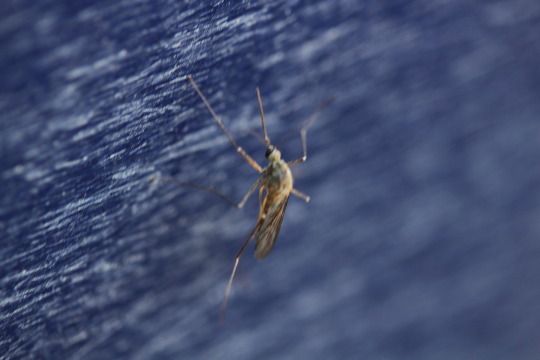
A Deer Fly (Genus Chrysops):
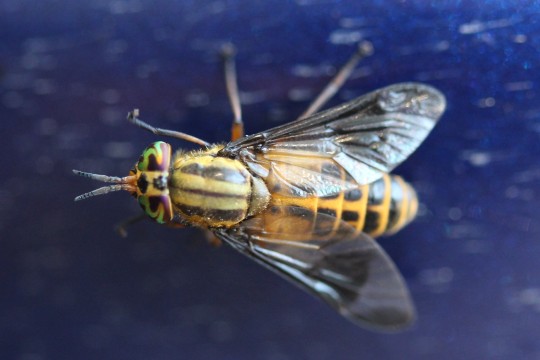
The mosquito has a delicate, fragile beauty (though some would say not fragile enough), with its long thin legs and needle-like mouthparts. The deer fly has a robust and colorful body, with marvelously patterned eyes. Just as they differ in body form, they differ in their methods of acquiring that nutritious resource: mammalian blood. With proportionately huge eyes, the deer fly clearly relies on sight to navigate its world. It’s for this reason that insect repellent generally works better against mosquitoes, which use smell and are thus deterred from the chemicals in repellent. The visually oriented deer flies have no problem finding a chemically masked target. Once on a victim’s exposed skin, the mosquito uses its piercing mouthparts to directly draw blood from a vessel. During this time, it also injects its saliva which ensures the blood flows and it is the foreign saliva that causes the swelling and itching reaction of a mosquito’s bite. The deer fly has a much less elegant method to reach the blood of a victim, which is nonetheless effective. It simply slices into the skin, causing bleeding and laps up the blood, all in a few seconds. The bite of the mosquito is usually noticed after the mosquito has already left, or is just finishing its meal, while the bite of a deer fly is noticed immediately, with the sharp pain that comes from its lacerating mouthparts.
These flies are certainly pests, and can make the outdoors less appealing to many people, but they are also quite intricate when viewed up close, and are yet one more component of the ecosystems of Algonquin Park and the world.
On the logging museum trail, we encountered yet another biting fly, the deer fly’s larger cousin, the horse fly.
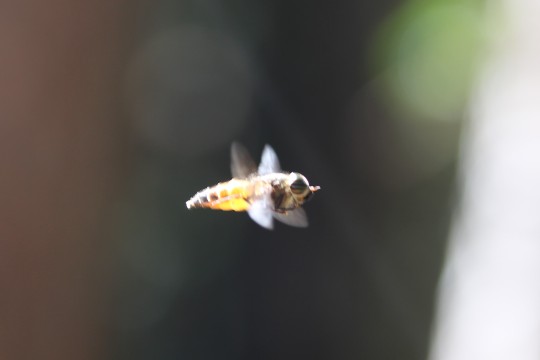
Like the deer fly, the eyes of horseflies are huge and beautifully patterned, as this Hybomitra that I spotted hovering in the path demonstrates.
The horseflies seemed to be stationary in the air, but to do so they must have been constantly adjusting their position, scanning the environment with their huge eyes. These hovering flies were possibly males staking out aerial territories and awaiting the arrival of female mates.
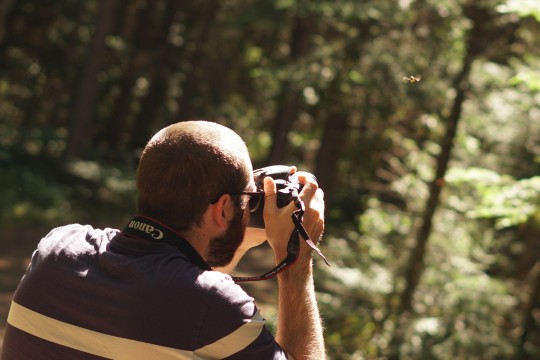
This is a picture of me taking a picture of a hovering Hybomitra horsefly. Photo credit goes to Stephen Faulkner (goodforcanada).
Other flying insects that abounded on the Logging Museum trail were dragonflies and damselflies (Order Odonata) of various colours that shone in the sunlight. One particular damselfly stood out because it was not a bright colour, but rather a drab steel-grey.
Here are some of the dragonflies and damselflies observed on the trail (credit for many of these identifications go to the iNaturalist community [inaturalist.org]):
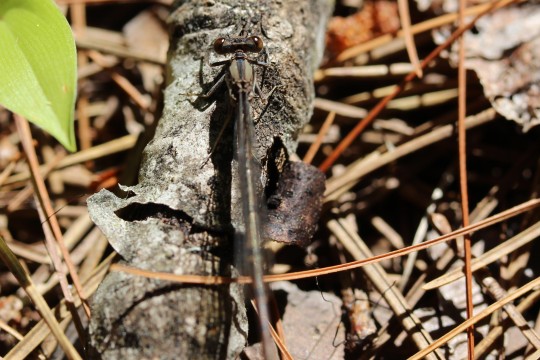
A surprisingly dull-coloured Argia damselfly.
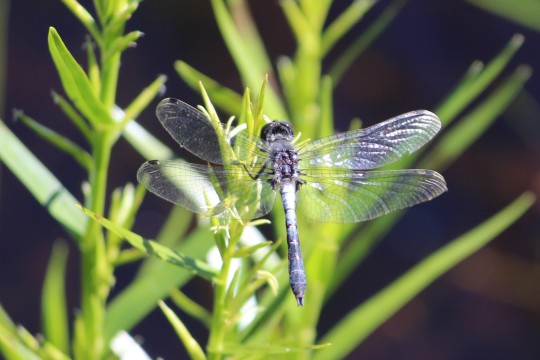
Frosted Whiteface (Leucorrhinia frigida).
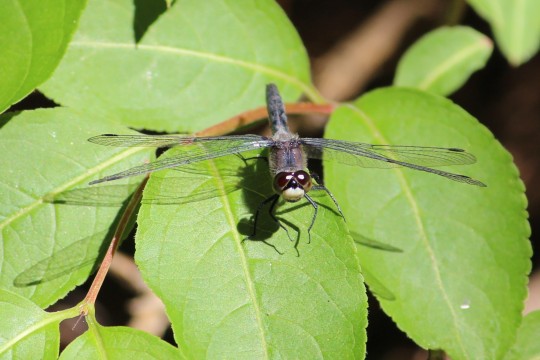
Another Whiteface (Leucorrhinia), facing the camera.
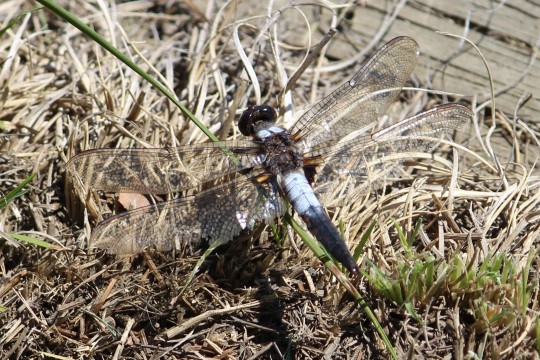
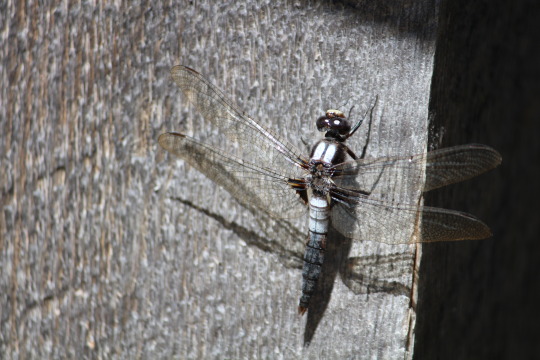
Chalk-Fronted Corporal (Ladona julia)
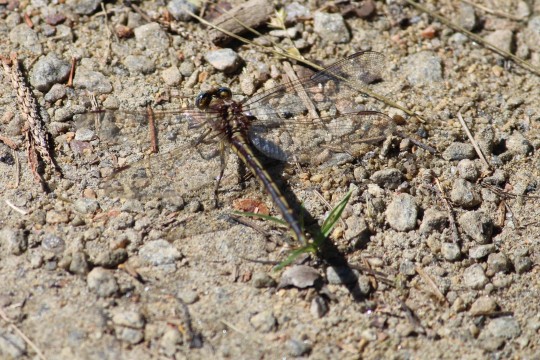
Phanogomphus, a Dragonfly in the Clubtail family (Gomphidae).
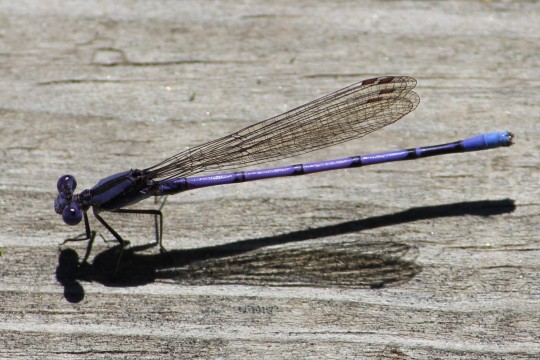

Vibrantly purple Violet Dancers (Argia fumipennis, subspecies violacea).
The reason these insects were so abundant in this habitat was because the trail passed through marshy aquatic terrain. Young dragonflies and damselflies grow up within the water, spending their larval lives as underwater predators.
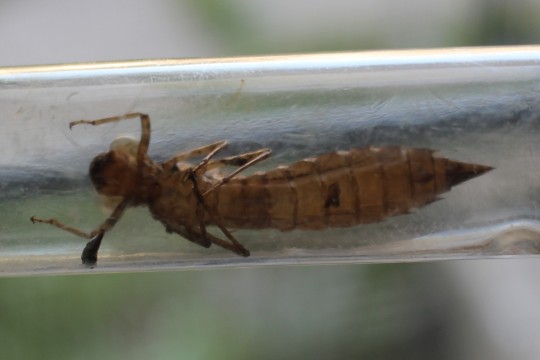
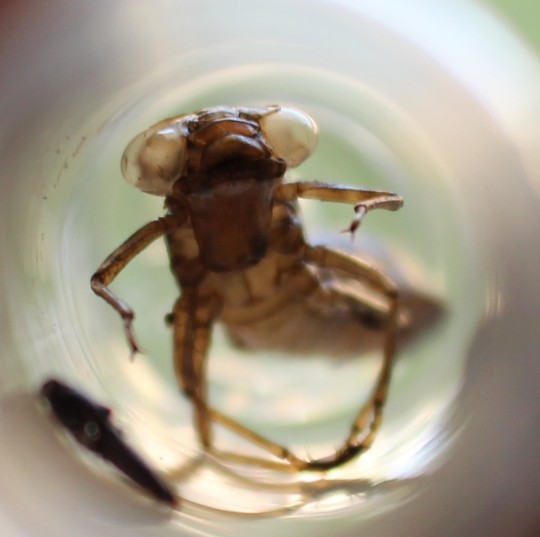
These pictures are of a dragonfly larval exoskeleton, shed upon leaving the water and larval life behind. I found this particular shed skin two years ago on a different trail in Algonquin Park (Bat Lake).
After returning to our site, we received an avian visitor: a Black-backed woodpecker (Picoides arcticus), drilling into the bark of a nearby tree.
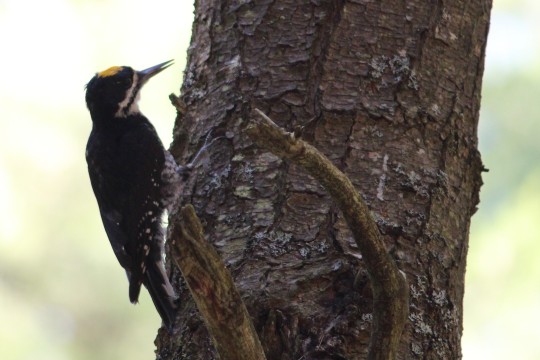
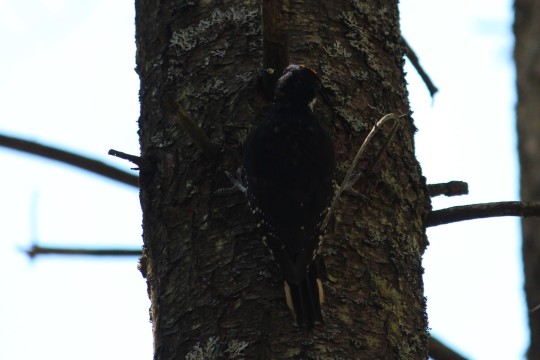
The bird braced itself each time with its sharp hooked claws, and jabbed forward with its beak into the outer layer of the tree. Woodpeckers have extremely long tongues that are covered with tiny hooks that they use to extract insects that live beneath the tree’s ‘skin’ for their food. I wondered what creatures the bird was snacking on, and marveled at its precarious-looking grip on the bark, as it hammered away. Just as suddenly as it appeared, it left, traveling through the air to another tree further away, where it would find more food and continue its afternoon feast. We were fortunate to have seen this beautiful avian hunter on its journey through the woods of Algonquin Park.
6 notes
·
View notes
Text

FACT 5: PREDATORY INSECTS, BOTH IN THEIR AQUATIC NYMPHS STAGE AND AS ADULTS (7 facts about dragonflies) - Composition Thursday #PhotoOfTheDay #SlatySkimmer #LibellulaIncesta #dragonfly #odonata #libellule #insect #skimmer #TinyNature #dragonflies #insects #NYwildlife #IntoTheTrees #forest #IntoTheWoods #WalkInTheWoods #nature #wildlife #hiking #SterlingLake #SterlingForestStatePark #SterlingForest #NewYork #InsectPhotography #WildlifePhotography #NaturePhotography #Photography #NikonPhotography #ErikMcGregor
© Erik McGregor - [email protected] - 917-225-8963
0 notes
Text

Quick! Its Thursday! post damselflies!
8 notes
·
View notes
Text



Dragonfly against the reflected clouds on the water’s edge, maybe dreaming of flying there.
#dragonflies Thursday#aquatic insects#insects#entomology#bugs#nature#science#my photos#dragonfly#odonata
18 notes
·
View notes
Text
Bugs
Hi! Call me B (he/they).
Aquatic insects are cool and not enough people know about them but they are literally so important to like every aquatic system so I am going to be posting about these epic little beasts here. Feel free to send me questions or bugs. I'm only one entomology class in but I love to try to identify stuff so don't hold back.
I try to tag the order at minimum but families can be more difficult. Considering making a master post of what is considered aquatic insect families and why to further educate on this topic from what I know using my own photos.
In this house we celebrate
Mayfly Monday (Ephemeroptera),
Trichoptera Tuesday (Caddisflies),
Water Bug Wednesday (Hemiptera),
…. Still working on Thursday and odonata alliterations….,
Flyday (Diptera),
Stonefly Saturday (Plecoptera),
and Beetle bonanza Sunday (Coleoptera).
Sideblog to @woodsywizard
30 notes
·
View notes